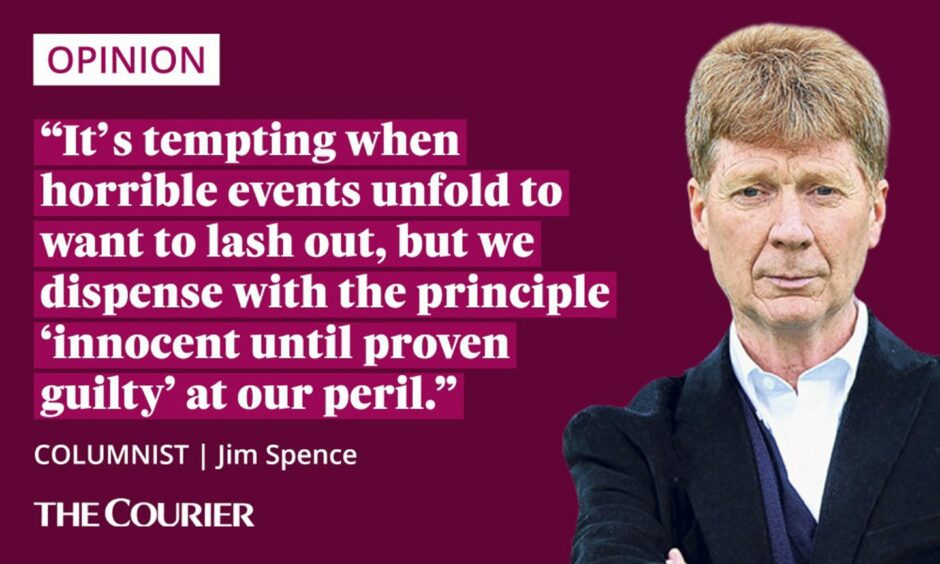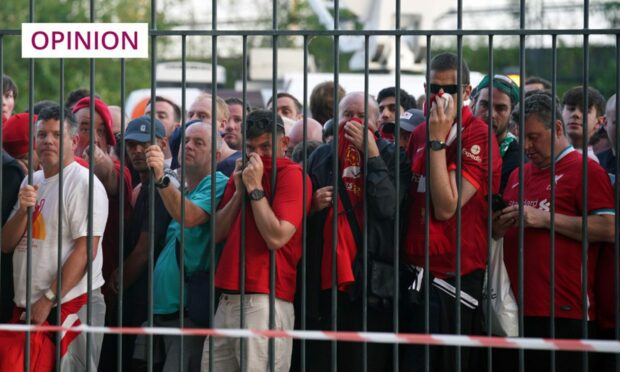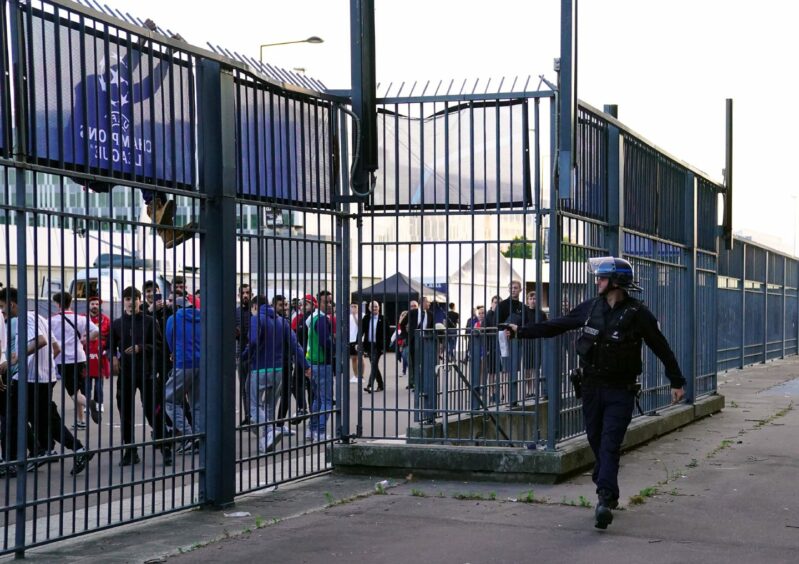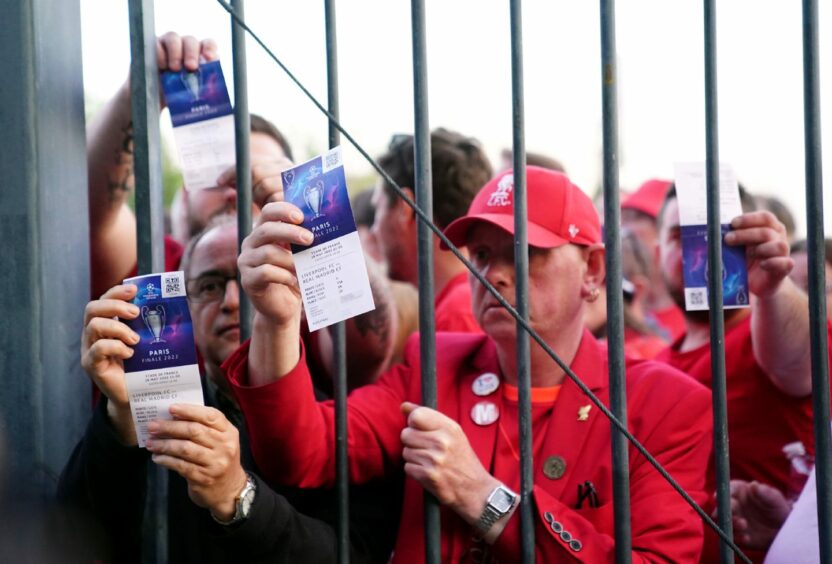Rushing too quickly to judgment is a human failing.
We’ve all done it.
But it’s a growing tendency which is dangerous and has serious consequences. And those in positions of power and influence have more onerous responsibilities than others when it comes to throwing around accusations without being in possession of all the facts.
It is becoming a modern disease and worryingly, in the eyes of many folk, mere accusation appears to equal guilt.
The old ‘there’s no smoke without fire’ defence is employed by the lazy, the vindictive, and the vexatious alike.

And the latest group of folk to find themselves tarnished by an ill judged and intemperate attack are fans of Liverpool football club.
The same Liverpool supporters, whose disgraceful treatment by the authorities at Hillsborough in the 1989 disaster will never leave the collective Scouse memory, were again wrongly blamed by UEFA.
UEFA to blame, not Liverpool fans
European football’s governing body had acted as judge and jury in labelling them guilty for crowd disorder outside the stadium at the Champions league final in Paris last year.
Now those in authority have had to issue a grovelling apology after an independent inquiry cleared the Liverpool fans over what was actually shambolic organisation by French authorities and UEFA itself.
In a statement, UEFA General Secretary Theodore Theodoridis said
“I would like to apologise to the supporters of Liverpool FC for the experiences many of them had when attending the game and for the messages released prior to and during the game which had the effect of unjustly blaming them for the situation leading to the delayed kick-off.”
The problem here to use another old adage is that ‘a lie is halfway around the world before truth has its boots on’.
Many people worldwide will now be convinced that the fault for the scenes in Paris lies at the door of the English supporters, and not the thugs who mugged them outside the ground and the French police who overreacted.
‘Innocent until proven guilty’ still holds true in this social media age
As someone who has covered football for more than 30 years I can confirm that facts sometimes don’t get in the way of a good story by fans or media alike.
But this modern race to apportion blame goes way beyond just the round ball game.
Social media – and sadly some traditional media outlets, both broadcast and print – allows those unarmed or unconcerned with all of the facts or indeed any facts, to rashly apportion both accusation and guilt, free of consequence, in every walk of life.
One of the least appealing aspects of human nature is the desire to believe the worst of folk, rather than take a breath and allow the full facts to unfold before issuing condemnation.
We see it in every area of life, where ongoing inquiries and investigations are interrupted during their course and before they’re complete, by ill founded speculation and rumour, and worse, deliberate smearing tactics to discredit and damage reputations.
I saw a fairly grovelling public apology to the author JK Rowling on Twitter by someone who had clearly defamed her, and who I assume had been on the end of a legal cease and desist communication (along with an ‘and while you’re at it mate you’d better apologise publicly and smartish or else’ letter from her lawyers).
Good for her.
If nasty folk want to go toe to toe with lies and calumnies about other people’s character and honesty they should have all their facts assembled and provable.
Otherwise they deserve what comes their way when the wronged party strikes back.
It’s tempting when horrible events unfold to want to lash out, but we dispense with the principle ‘innocent until proven guilty’ at our peril.














Conversation